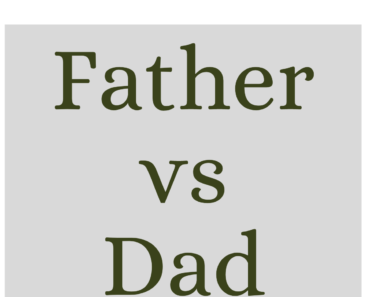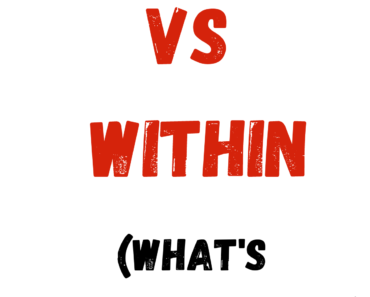Hiking and trekking are outdoor activities that involve walking long distances, but their differences lie in the terrain, duration, and intensity.
- Hiking generally involves walking on well-marked trails for shorter durations, typically a day or a weekend.
- In contrast, trekking is more challenging, often lasting several days and taking place in remote, rugged terrains where trails may be unmarked or non-existent.
While both offer an adventurous escape into nature, hiking is usually for casual walkers seeking a quick getaway, whereas trekking is for those desiring a prolonged, immersive experience.
Hiking
Definition: Hiking refers to walking in natural environments on established trails or paths, typically for a few hours or a day.
Usage:
- Casual Day Activity: Hiking is popular for people seeking a quick escape from daily routines, such as day trips to national parks or local forests.
- Example: “She enjoyed hiking in the nearby mountains every weekend.”
- Health and Fitness: Many hike to improve physical fitness due to the cardiovascular benefits and low-impact nature of the activity.
- Example: “He started hiking to improve his stamina and lose weight.”
- Leisure and Photography: Hikers often bring cameras to capture scenic landscapes and wildlife along well-maintained paths.
- Example: “The photographer went hiking to capture the stunning sunrise over the valley.”
Trekking
Definition: Trekking refers to multi-day hiking in remote regions, often over rough and difficult terrain with minimal facilities.
Usage:
- Adventure and Challenge: Trekking appeals to adventurers seeking more strenuous, long-term challenges in less developed environments.
- Example: “They went trekking through the Himalayas for a once-in-a-lifetime adventure.”
- Cultural Exploration: Trekkers often journey through remote regions, allowing them to experience local cultures and lifestyles.
- Example: “While trekking in Nepal, they stayed with a local family in a mountain village.”
- Camping and Self-Sufficiency: Trekkers often camp or use basic accommodations, carrying supplies like tents and food.
- Example: “Their trek through the Andes required them to carry all their camping gear for the week-long journey.”
Understanding the differences between hiking and trekking ensures you choose the right activity based on your preferences, physical ability, and desired adventure level.







